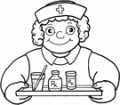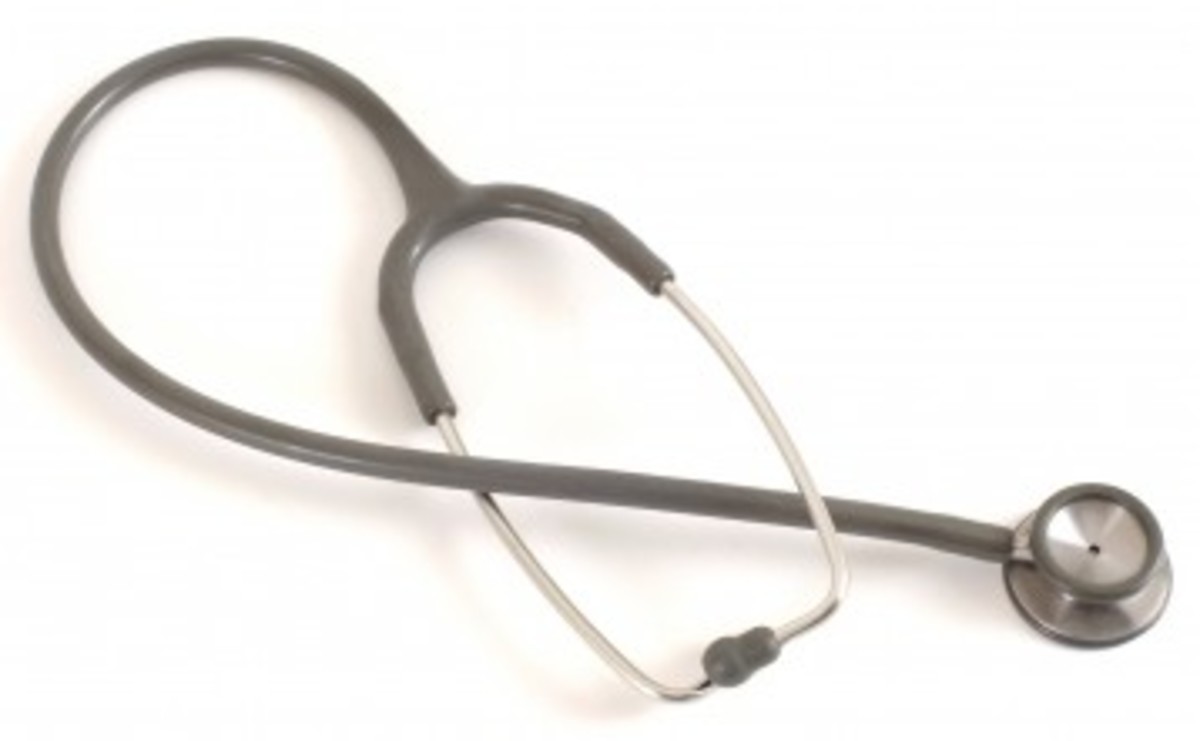A Sample Suicide Prevention Program
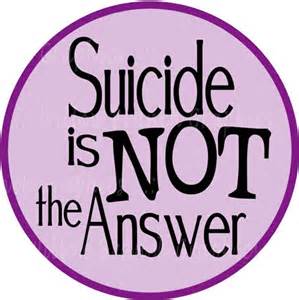
Suicide Prevention
Suicide is a serious public health concern that affects all age groups, including young adults. Public health nurses can be instrumental in utilizing their skills within communities to prevent significant global health care issues such as intentional self harm or suicide. Suicide awareness programs can be implemented by public health nurses within specific populations such as high school freshman to promote prevention of intentional self harm events. This article will introduce an example suicide awareness program, describe the program objectives and development plan, illustrate the plan for delivery, and summarize the assessment of the intervention on a targeted population of young adults.
Suicide Prevention Sample Program Objectives
Formulating objectives for a suicide awareness program is a vital step in the planning process. Stanhope and Lancaster (2012) mention that writing program objectives are the most important step as they provide direction for implementation and the mechanism for evaluation (p. 557). The program objectives for the proposed suicide awareness program being held for Pekin Community High School (PCHS) freshmen are as follows:
-
Increase students’ knowledge regarding symptoms of depression, depression risk factors, suicidal risk factors, suicidal warning signs, and myths associated with suicide for 80% of the PCHS freshmen by the completion of the program.
-
Improve students’ coping skills, stress management, and problem-solving skills for 80% of PCHS freshman by completion of the program.
-
Increase communication skills, family and school connectedness, and protective factors for 80% of PCHS freshman by completion of the program.
-
Increase identification and utilization of available resources for 80% of PCHS freshman by completion of the program.
-
Decrease suicidal and other risk-taking behaviors among 80% of PCHS freshman by completion of the program.
What Do You Think?
Should Suicide Prevention Be Taught in Schools?
Suicide Prevention Sample Plan Development
Stakeholders must be engaged during the planning of the suicide awareness program. Parents, teachers, students, health department representatives, and school officials will be involved in planning, funding, and implementing the program. According to Stanhope and Lancaster (2012) a program must be available, accessible, and acceptable to stakeholders to be successful (p. 555). Data will be collected regarding the opinions and attitudes of all stakeholders to ensure differing perspectives on the program are received.
In addition to stakeholder influence in the program, government initiatives toward increasing suicide prevention programs may be evident. In 2004, Illinois legislation required the Department of Human Services to implement a statewide program for suicide prevention (The Suicide Prevention Resource Center, 2011). In 2010, a public awareness campaign was launched in Illinois for suicide prevention (The Suicide Prevention Resource Center, 2011). Knowledge of government involvement may positively influence support and available resources when planning and initiating the suicide awareness program.
Resources such as personnel, facilities, equipment, supplies, and financing must be identified and evaluated during program planning (Stanhope & Lancaster, 2012, p. 555). The program will be held during school hours in the provided classroom for required health education classes. The public health nurse will provide the program using established technical education equipment and supplies present. According to Hammig, Ogletree, and Wycoff-Horn (2011) professionally prepared health education teachers are more likely to deliver required content in the National Health Education Standards which includes suicide prevention. Financing will be established through both donation and grant writing.
Donations and volunteers for fundraising activities will be sought through the stakeholders and other community members. According to The Suicide Prevention Resource Center (n.d.) there are five common fundraising activities: ask individuals, reach out to organizations, hold special events, raise funds online, and secure in-kind donations. Creative fundraising opportunities such as selling awareness bracelets or using funding from a recycling program have been used to finance suicide prevention efforts (The Suicide Prevention Resource Center, n.d.).
Grant writing may be necessary to support the program. The Suicide Prevention Resource Center (2011) mentions that even programs receiving direct funding from the state may be affected by priority changes or economical downturns. Programs with federal grants must have sustainability plans as well (The Suicide Prevention Resource Center, 2011).
The principal of the high school must be notified of the plan. A meeting would be scheduled in which discussion of the issue, data, research, and education would be initiated. In addition, a presentation at the next school board meeting will be arranged. Once the program has been accepted, the high school staff must be notified and educated regarding their role if a student was to approach them with suicidal ideation. A brief summary of the program and staff education will be included in the next scheduled staff meeting at the high school. The program would then be scheduled within the health education classes.
Suicide Prevention
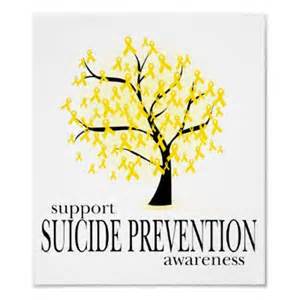
Suicide Prevention Sample Program Delivery
Delivery of the suicide prevention program will be accomplished through presentation of material surrounding each objective. Factual information will be provided regarding symptoms of depression, depression risk factors, suicidal risk factors, suicidal warning signs, and myths associated with suicide. Strategies for effective coping, stress reduction, and problem-solving will be offered. Contributing factors to depression and suicidal behaviors will be addressed. King, Strunk, and Sorter (2011) mention contributing factors include psychiatric and mental health disorders, family dysfunction, medical illness, substance abuse, self-esteem problems, sexual identity/sexual orientation issues, school and social stressors, trauma/violence, and issues of grief and loss. Protective factors and positive ways to increase self esteem, manage anger, communicate with family will also be discussed.
Prevention materials will be given with information about referral sources and crisis intervention. Sise et al. (2011) mentions the utilization of tools in combination with suicide prevention programs assists with increasing awareness of suicide risk factors and counseling services available. Pocket cards will be distributed including community and national resources to assist with crisis intervention.
According to King et al., (2011) experiential, dialectic, and didactic teaching methods can enhance learning through active participation. Included in the presentation of the education, the students will participate in role playing, class discussion, and reading activities. Students will be able to actively engage in health promotion communication and behaviors. Programs based on Bandura’s self-efficacy model try to enhance students’ perceived self-efficacy in identifying warning signs of suicide in peers and themselves and in engaging in suitable help-seeking behaviors when signs are detected (King et al., 2011).
Students will be encouraged throughout delivery of the program to empower others and change the social stigma surrounding suicide. Empowering adolescents to lead their peers in lessening the social stigma behind suicidal ideation can impact the public health nurse’s agenda to prevent youth suicides. Empowering youth can increase perceptions of adult support for suicidal youths and acceptability of seeking help for all students (Wyman et al., 2010).
Suicide Prevention
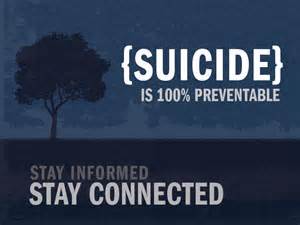
Suicide Prevention Sample of Program Assessment
Effectiveness of the program must be assessed through both professional peers and the target population. Peer evaluation of the proposed suicide prevention program must occur prior to implementation. Veney and Kaluzny (2008) mention seven aspects of program evaluation including relevance, adequacy, progress, efficiency, effectiveness, impact, and sustainability (as cited in Stanhope & Lancaster, 2012, p. 563).
Peer evaluation was conducted by two professional registered nurses. Review of the educational material prompted several suggestions. A. West stated terminology was advanced and above the education level of high school freshman and slides included an overabundance of information (personal communication, February 21, 2012). L. Worrick mentioned that explanation of the crisis intervention tools was omitted (personal communication, February 21, 2012).
According to Stanhope and Lancaster (2012) “feedback to the educator provides an opportunity to modify the teaching process and enables the educator to better meet the learner’s needs” (p. 362). Modifications must be made based on feedback to ensure success of the program. Information provided should be plain language, avoiding jargon, to guarantee it is understandable to the listener (Stanhope & Lancaster, 2012, p. 357). Plenty of space should show on each page and the material should be made personal (Stanhope & Lancaster, 2012, p. 357).
Stanhope and Lancaster (2012) mention the program participants have a unique and valuable role in evaluation by determining if a program meets the objectives (p. 562). Prior to the start of the program, students will be given a written survey to capture attitudes, self-efficacy, behavioral intentions, and behaviors regarding suicide. King et al. (2011) utilized the following survey sections when evaluating a suicide prevention program: demographic and background characteristics, student involvement in suicidal ideation and suicidal behaviors, self-efficacy regarding suicide prevention and intervention, attitudes regarding suicide and help-seeking, and behavioral intent regarding help-seeking when suicidal.
The initial survey will be reviewed before the end of the school day to allow for intervention in the event that a student is currently suicidal. The survey will again be conducted at the completion of the suicide awareness program to evaluate the effectiveness of meeting objectives. Conclusions will be validated by linking them to the evidence gathered and appraising them against the standards set by the stakeholders (Stanhope & Lancaster, 2012, p. 561). Evaluation is necessary throughout the educational program and allows the instructor to correct misinformation, misinterpretation, or confusion (Stanhope & Lancaster, 2012, p. 362).

Suicide Prevention: Why Are We Doing This Again?
Suicide is a serious topic at PCHS requiring intervention in the form of a suicide prevention program. The proposed program objectives aim to increase the knowledge and skills necessary to impact students’ suicidal vulnerability. Planning the program must involve engaging stakeholders, assessing influences, and addressing resources to ensure availability, accessibility, and acceptability. The program must then be delivered appropriately to the targeted audience in a manner that is understandable and uses a variety of teaching methods while continually assessing for effectiveness. Successful implementation of a suicide prevention program at PCHS is crucial to helping the students understand that suicide is a very permanent solution to a temporary problem.
References
Hammig, B., Ogletree, R., & Wycoff-Horn, M. R. (2011). The relationship between professional preparation and class structure on health instruction in the secondary classroom. Journal of School Health, 81(9), 513-519. doi:10.1111/j.1746-1561.2011.00621.x
King, K., Strunk, C., & Sorter, M. (2011). Preliminary effectiveness of surviving the teens suicide prevention and depression awareness program on adolescents’ suicidality and self-efficacy in performing help-seeking behaviors. Journal of School Health, 81(9), 581-590.
Sise, C., Smith, A., Skiljan, C., Sack, D., Rivera, L., Sise, M., & Osler, T. (2011). Suicidal and help-seeking behaviors among college freshman: Forecasting the utility of a new prevention tool. Journal of Trauma Nursing, 18(2), 89-96.
Stanhope, M. & Lancaster, J. (2012). Public health nursing population-centered health care in the community. (8th ed.). Maryland Heights, MO: Elsevier.
The Suicide Prevention Resource Center. (2011). Find funding. Retrieved from http://www.sprc.org/taking_action/funding.asp
The Suicide Prevention Resource Center. (n.d.). Ask & you will receive: A fundraising guide for suicide prevention advocates. Retrieved from http://www.sprc.org/library/span_fundraising.pdf
Wyman, P., Hendricks, B., LoMurray, M., Schmeelk-Cone, K., Petrova, M., Yu, Q., Walsh, E., Xin, T., & Wang, W. (2010). An outcome evaluation of the sources of strength suicide prevention program delivered by adolescent peer leaders in high schools. American Journal of Public Health 100(9), 1653-1661.





